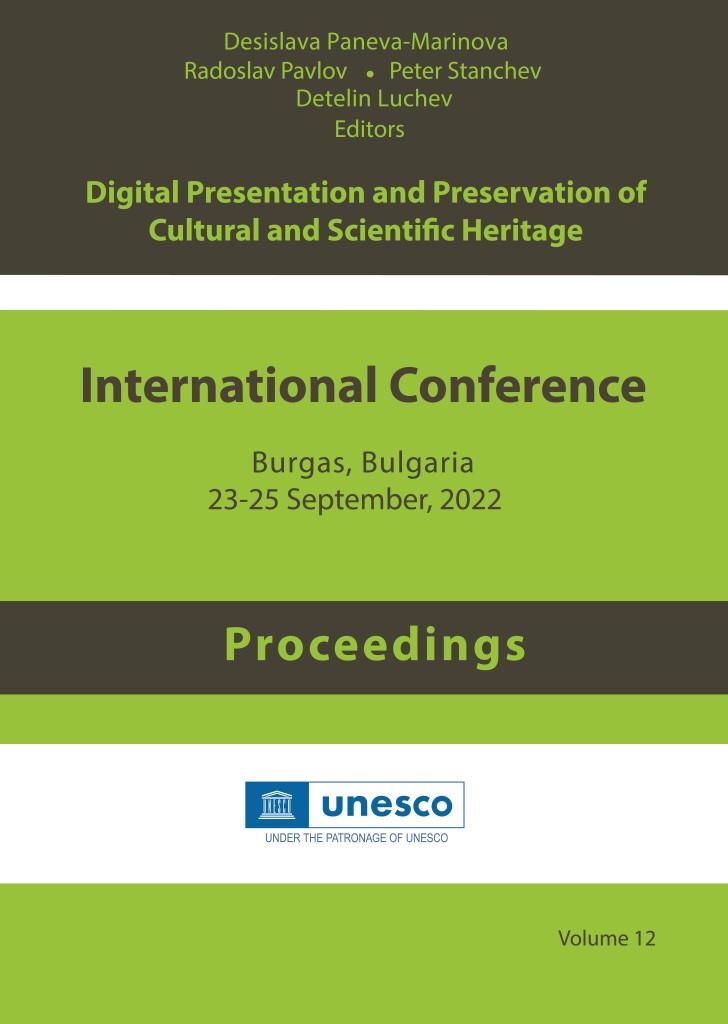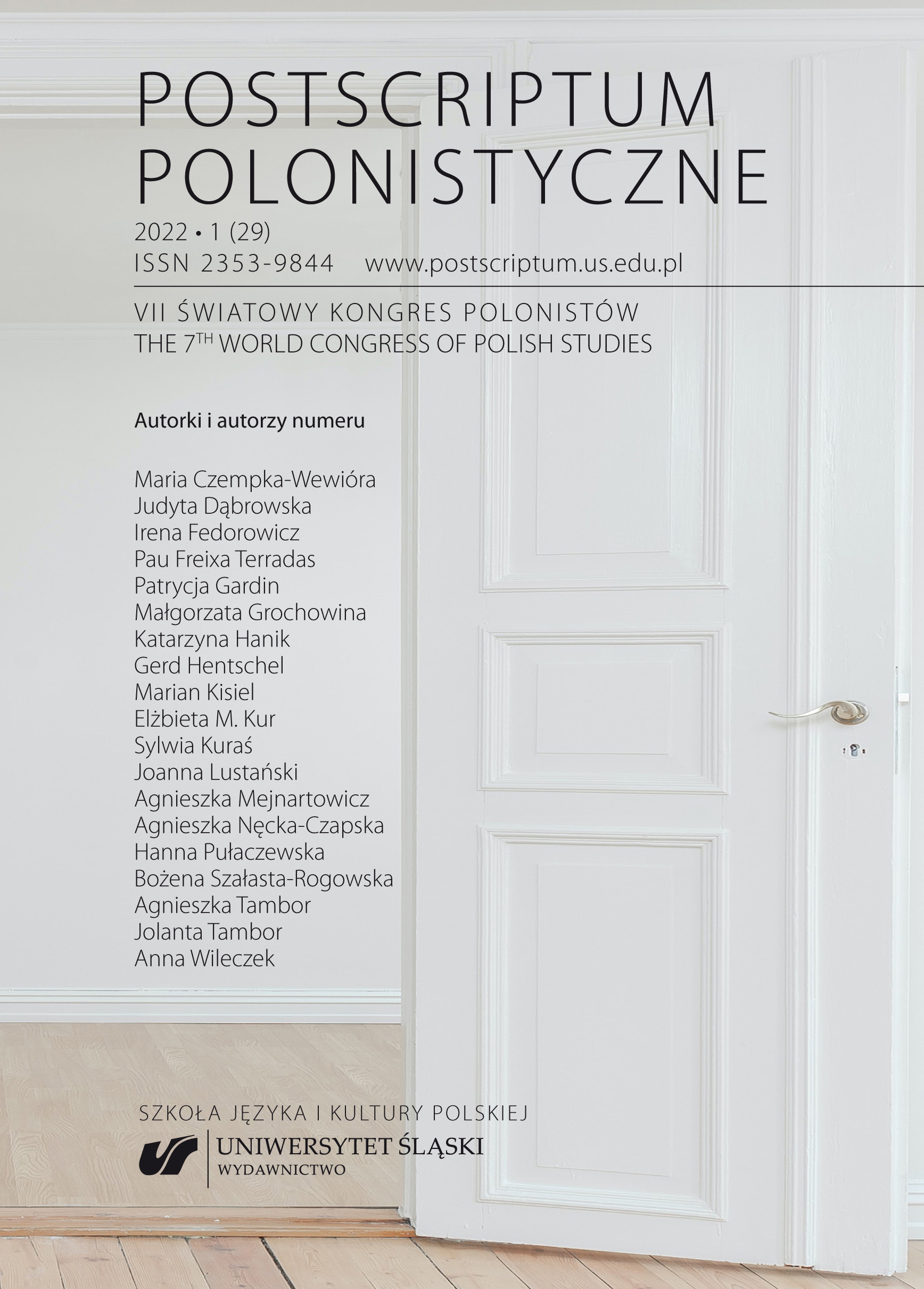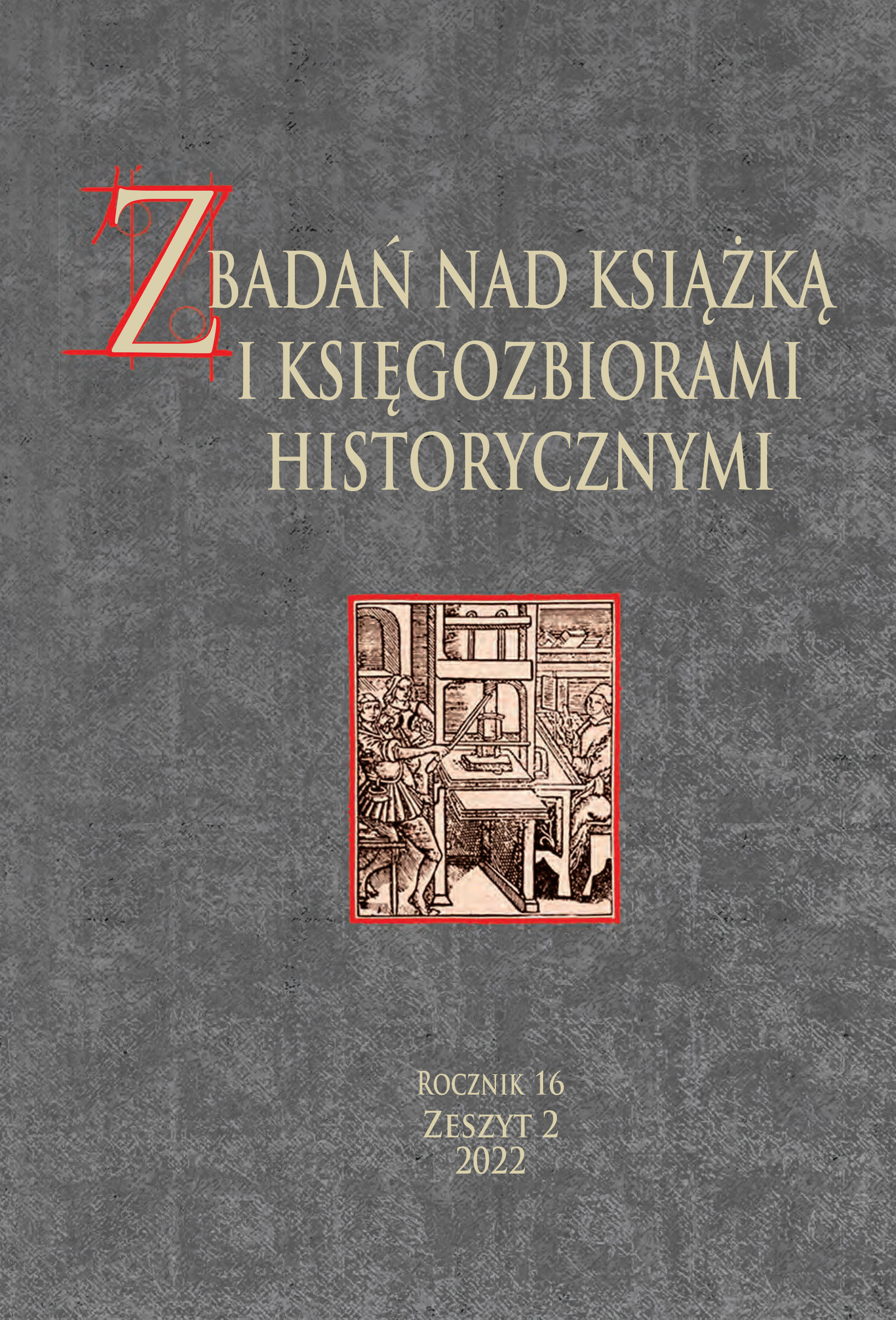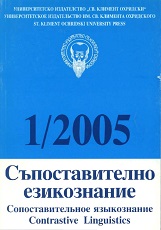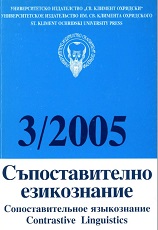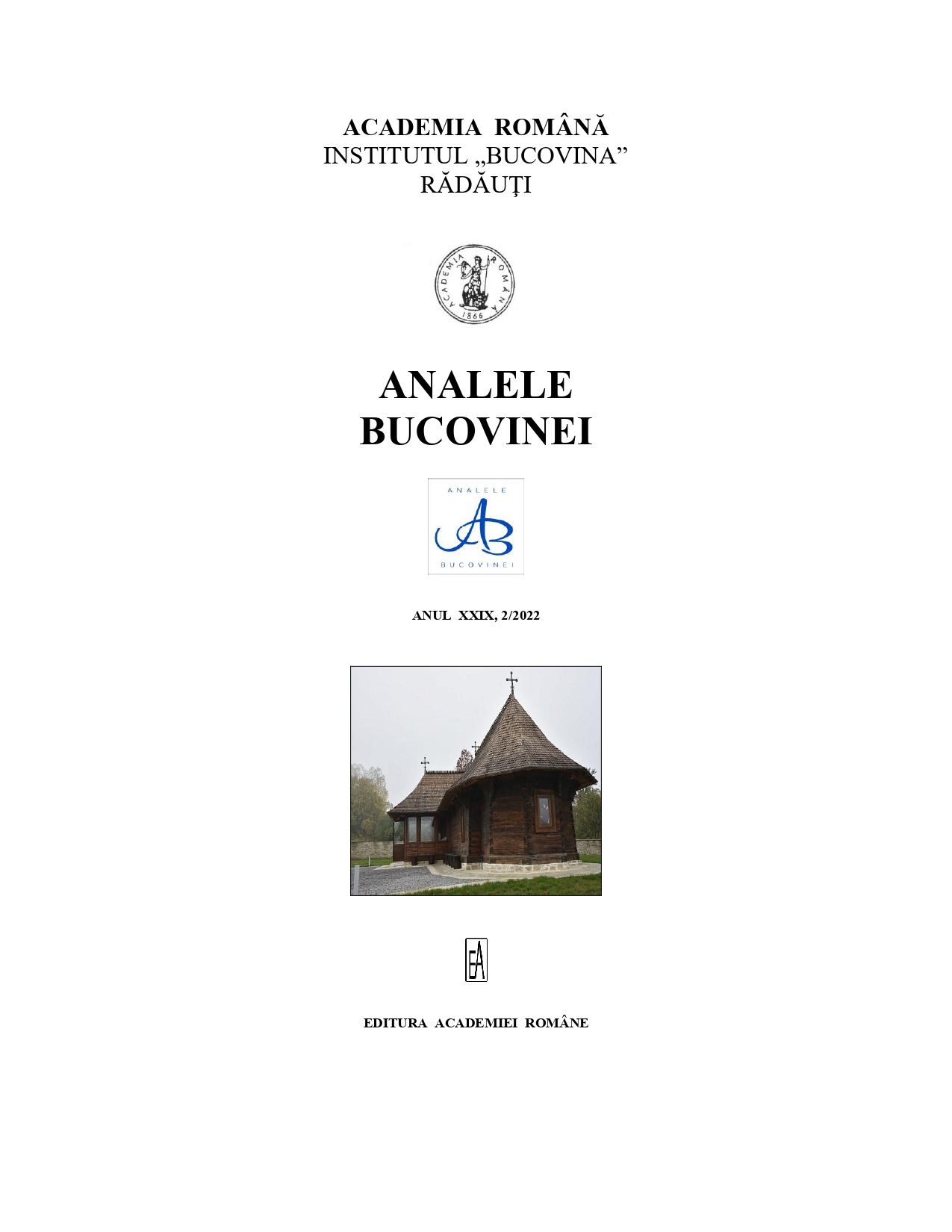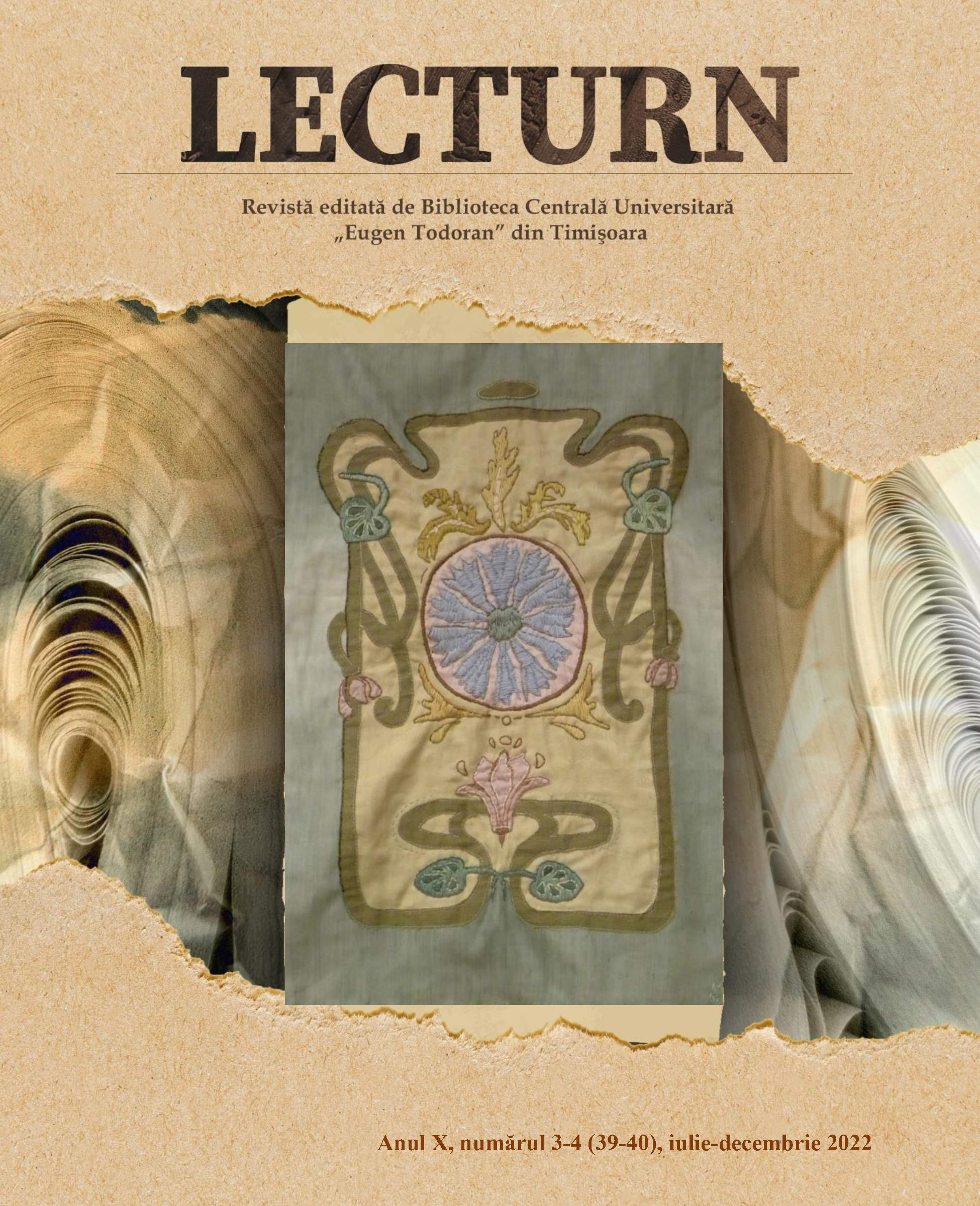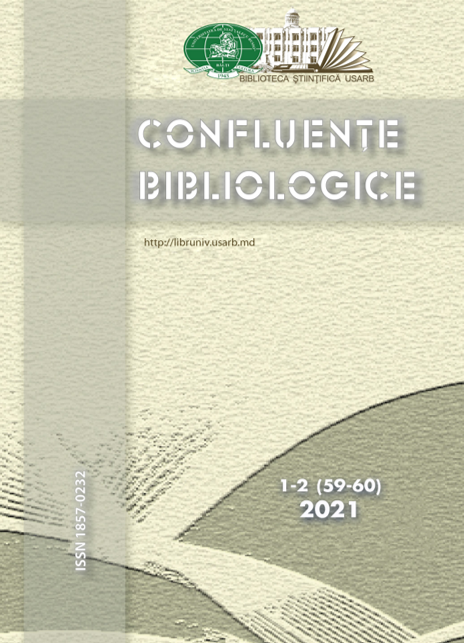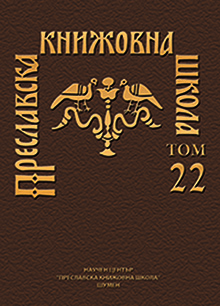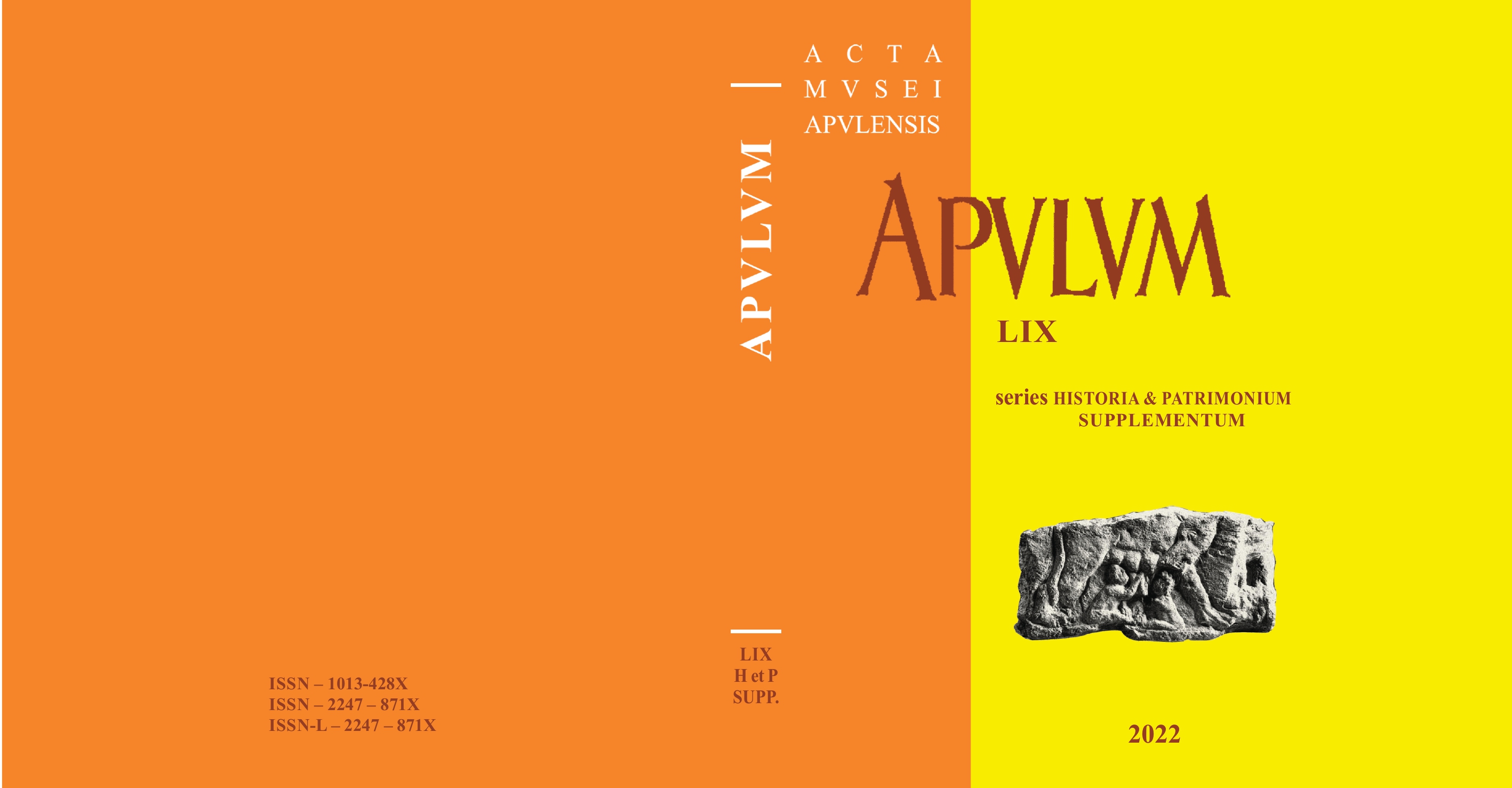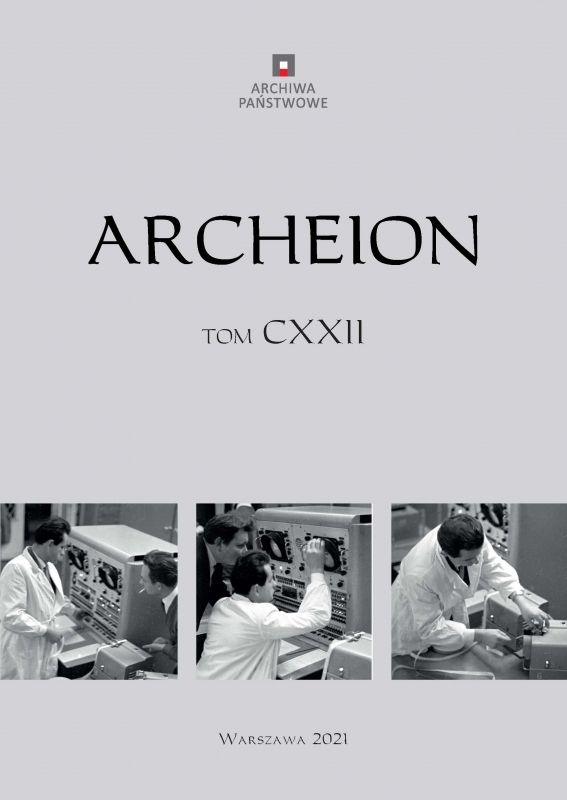
Digitalizacja materiałów archiwalnych w świetle prawa autorskiego. Zagadnienia wybrane
W artykule przedstawiono problematykę digitalizacji materiałów archiwalnych, pod którym to pojęciem rozumie się przekształcanie ich tradycyjnego zapisu do cyfrowej postaci. Obecnie coraz częściej materiały archiwalne istnieją od początku w formie cyfrowej. Dawniej przybierały jednak formy wydrukowanych książek, spisanych dokumentów itp. Rozwój technologii sprawia, że bardzo duża część archiwów dokonuje cyfryzacji swoich tradycyjnych zbiorów, m.in. w celu sprawniejszego udostępniania materiałów archiwalnych. Po nadaniu archiwaliom cyfrowej postaci, mogą być one rozpowszechniane na dużą skalę za pośrednictwem Internetu. Takie zabiegi nie są jednak często obojętne z punktu widzenia obowiązujących w danym państwie przepisów z zakresu prawa autorskiego. Czasami regulacje te przewidują zasady, na jakich może odbywać się digitalizacja. Problematyka, której dotyczy artykuł, jest bardzo szeroka. Dlatego też analizie poddano najważniejsze aspekty zagadnienia, mające praktyczny walor dla działalności archiwalnej. W artykule poruszono m.in. problem udostępniania materiałów w postaci cyfrowej. Odniesiono się do nowych przepisów, w tym z zakresu dzieł osieroconych. [The article presents the issue of digitization of archival materials, which is the transformation of their traditional form into a digital one. Currently, more and more archival materials are born in digital form. In the past, however, they were created especially as copies of printed books, written documents, etc. Due to the development of technology a large part of archives is digitalizing their traditional collections in order to make access to archival materials more efficient. Once the archives have been digitized, they can be made available on a large scale via the Internet. However, such activities are often not indifferent to the copyright law of a particular country. Sometimes these regulations provide certain rules under which digitization may take place. The problem addressed in the article is very broad. That is why the analysis covers the most important aspects of the issue which have practical value for archival policy. Some topics have been excluded. The article discusses, among others, the problem of making the materials available to the public in digital form. Reference is made to the new legislation, including that concerning orphan works. ]
More...
